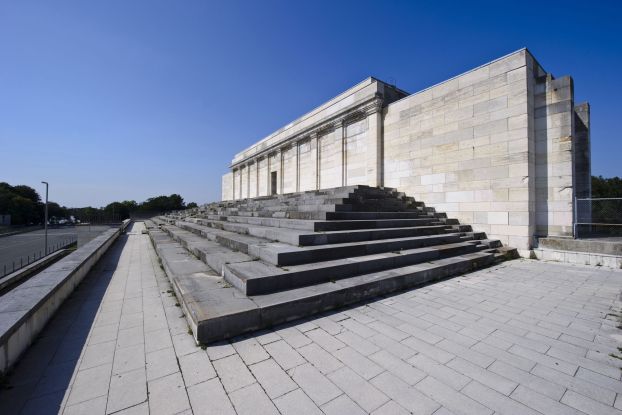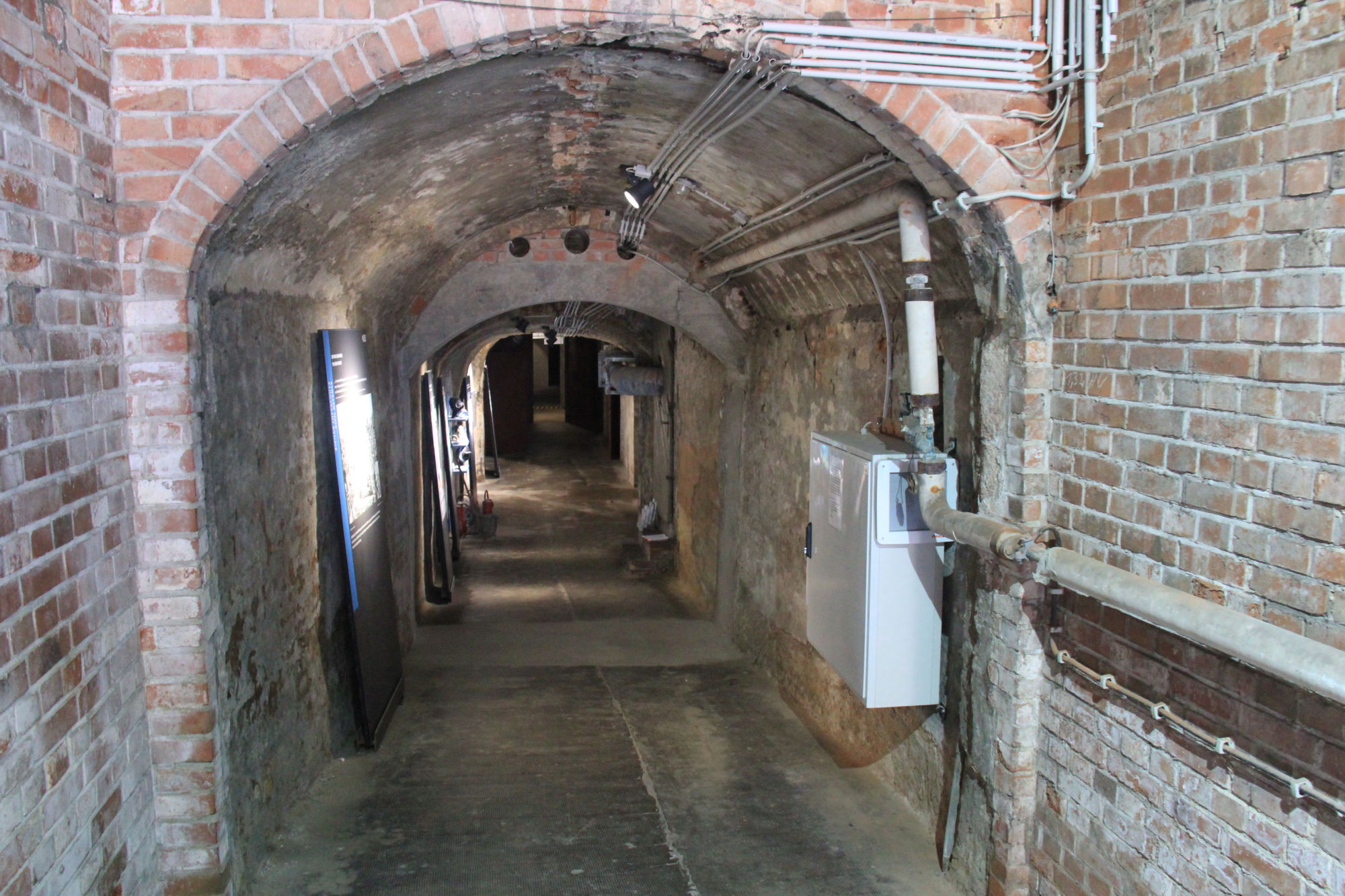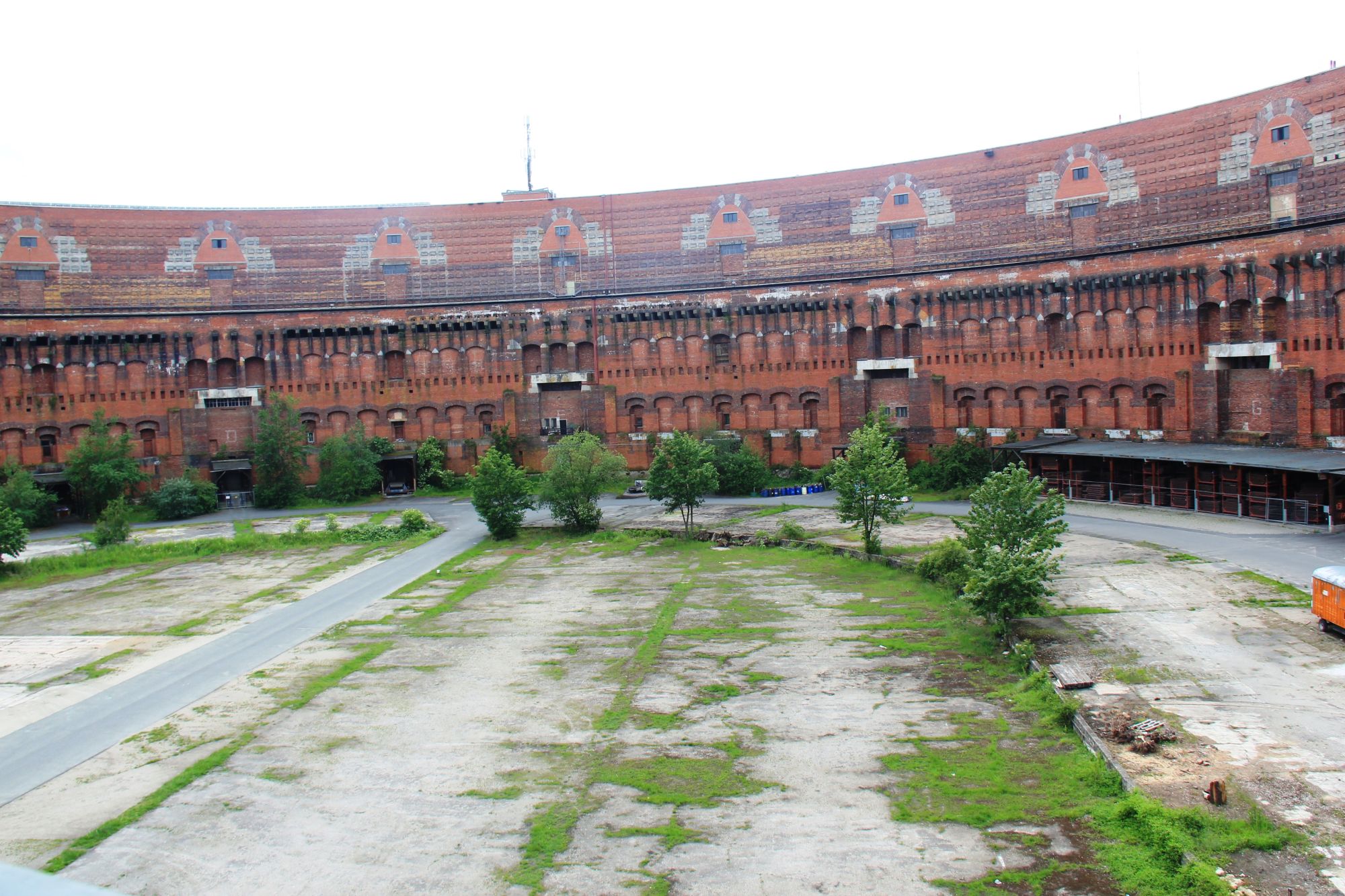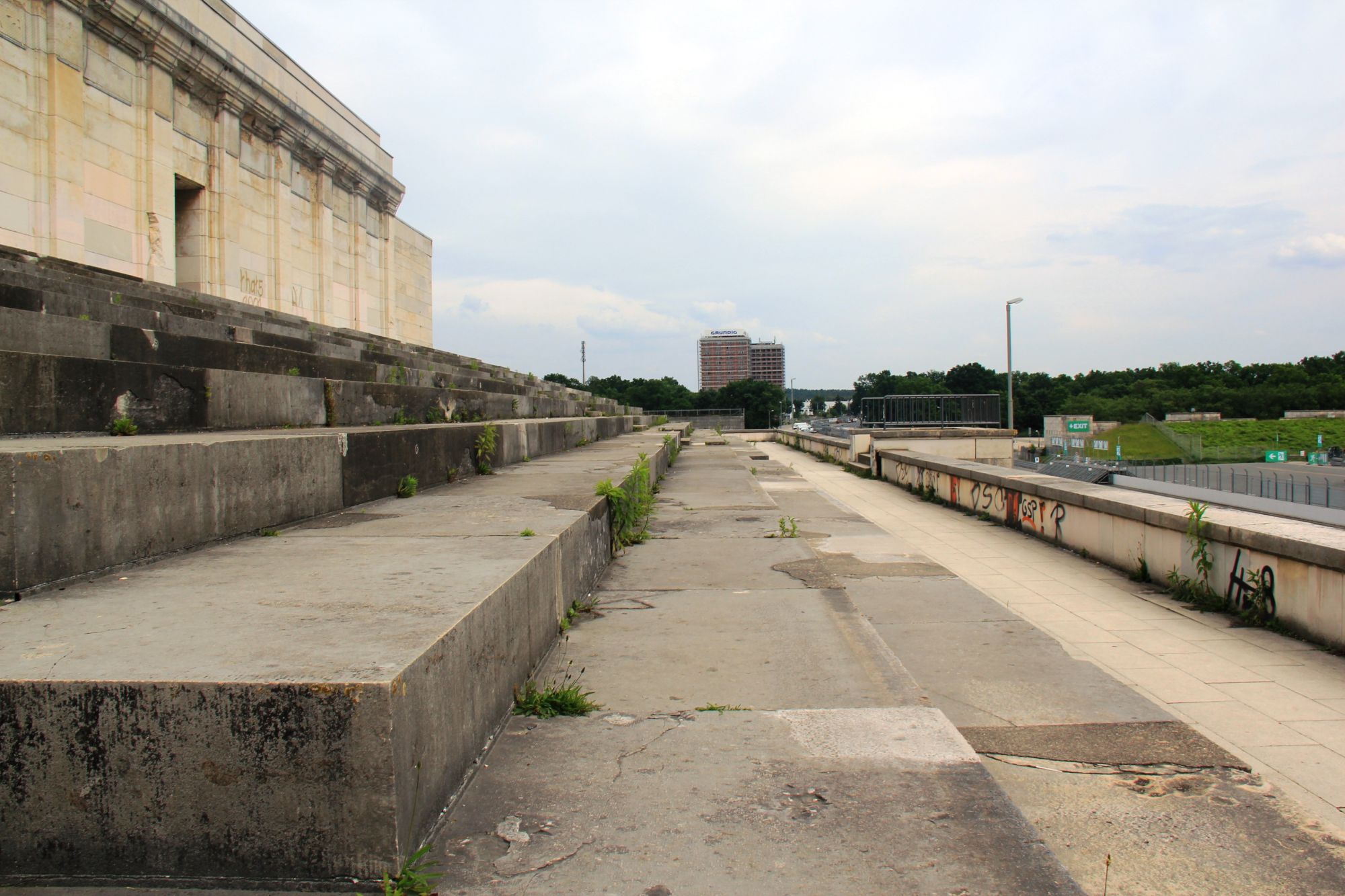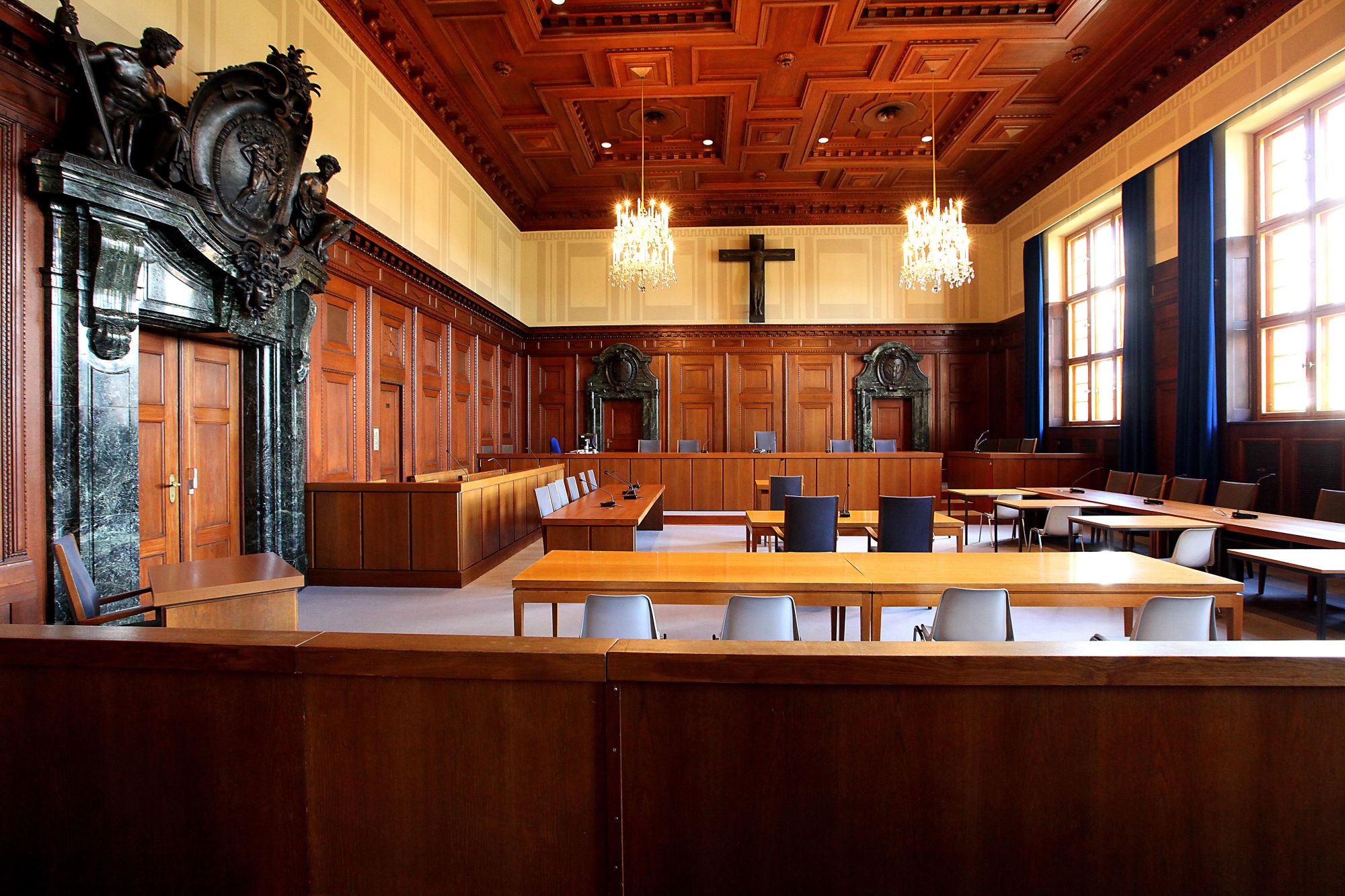Nuremberg
It’s always puzzled me how this beautiful medieval town of half timbered houses, gingerbread, Christmas markets and cobbled streets was so important to Hitler. The answer lay in the imposing Imperial Castle up on the hill, which has looked down on the city since 1050 in recognition of the city’s importance to international trading with it being in the centre of Germany and at the crossroads of the trade routes. It was heralded as the unofficial capital of the Holy Roman Empire and Hitler recognised its imperial status as a perfect symbol of Germanic power. Of course, after the war it was used as another perfect symbol for showcasing the Nazi demise at the Nuremberg trials.
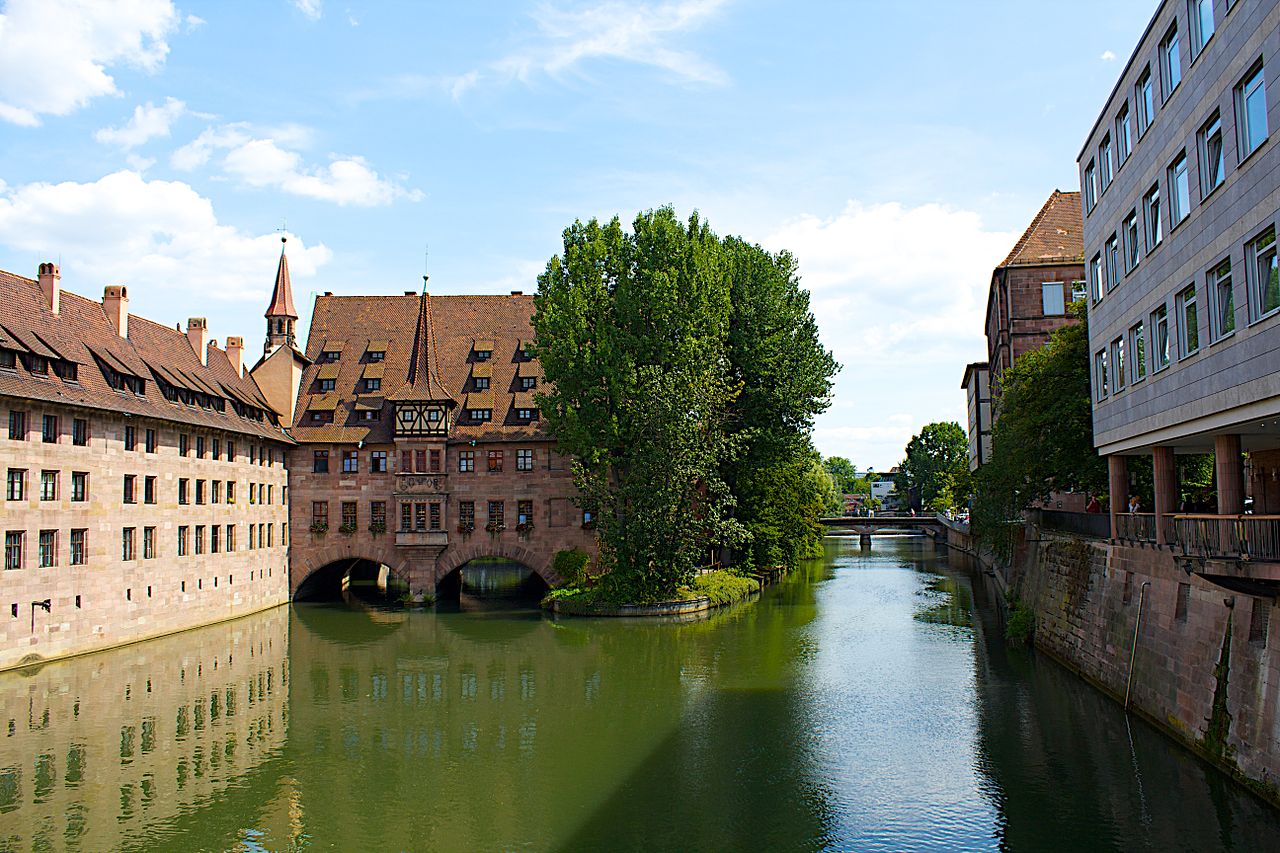
The wonderful medieval old town was almost completely destroyed in just an hour- long bombing raid on 2nd January 1945, but there was an extraordinary location left unblemished I really wanted to see. Just below the castle just off the square, a small door hides an astonishing secret network of tunnels which stored much of the major works of art stolen by the Nazis. This is the Kunstbunker, originally a medieval hand hewn cellar network used to store wines and beers, it was remodelled in 1938 by Albert Speer on the orders of Hitler to protect a treasure trove of art pieces from the city churches and museums including the Imperial Jewels – the Insignia of the Holy Roman Empire together with pieces of stolen art . In just 6 months, a full state of the art ventilation and air conditioning system was installed to keep the tunnels at a constant temperature, electric lighting, a communication system and vast steel doors to protect the treasures from bomb damage. It was a remarkable feat of engineering, and walking down the tunnels today, although the art is long gone, returned once more to its rightful owners (the Imperial Insignia is back in Vienna although a copy remains in Nuremberg) I can see the machinery that made all this happen still in place. A word of warning though, the air conditioning no longer works and subterranean tunnels get cold so dress accordingly.
A short bus ride from the old town, lies perhaps Nuremburg’s most infamous tourist attraction, the Nazi Party Rally Grounds. It is clear here to see how infatuated Hitler was with the ancient Romans, and believing them to be an early Aryan Empire, copied much of their architecture. When you see the size and scale of the rally grounds up close, almost 1,000 acres, it’s mind boggling to consider the project was only part completed! The excellent and not to be missed documentation centre where its’ exhibition “Fascination and Terror” studies the reasons and consequences of the Nazi criminal regime, is housed throughout the north wing of the original unfinished Congress Hall, a monumental homage to ancient Rome’s Coliseum and built to hold 50,000 people.
A short walk from here, around an unexpectedly beautiful lake, and you’ll come to the 130 foot wide and 1.2 mile long Great Road, now a car park for a local fairground but once, over a million people regularly gathered here for rallies. Ultimately, the Great Road leads you to the Zeppelin Field, the only properly finished stadium at the Rally Grounds and originally designed to house 400,000 people. I climb up the steps of the old grandstand, to the spot where Hitler delivered those terrifying speeches to the masses and look out on a stadium empty now, but still used for racing and rock concerts. This place of evil pomp and ceremony may be deserted, but I get chills just the same. A one-time grandiose grandstand now left to slowly crumble, fitting perhaps to be better remembered for the giant swastika on its roof, famously destroyed by the allies in 1945.
My last stop is the Palace of Justice in courtroom 600, where 24 of Hitler’s major henchmen were tried for war crimes. This is still a working courtroom, so you can only visit after sessions have finished for the day. The room still looks familiar to me from watching the black and white footage of the trial; just a few structural changes here and there, but the dock and the small door behind, bringing the prisoners up from the cells below, has remained unchanged.
Upstairs, there is the Memoriam Nuremburg Trials Museum (actually, one of the rooms is where the defendants were given their lunch) providing an absorbing background to the trial and a sweeping view across the lot behind where the prison used to be.

